Home » The history of wallpaper: from the past to the present
Updated June 2025
Let’s take a journey through the history of wallpaper, tracing its evolution from its earliest uses in antiquity to the modern innovations of today. This article explores trends and materials that shaped interior design and how these historical elements still influence Colorado homes today.
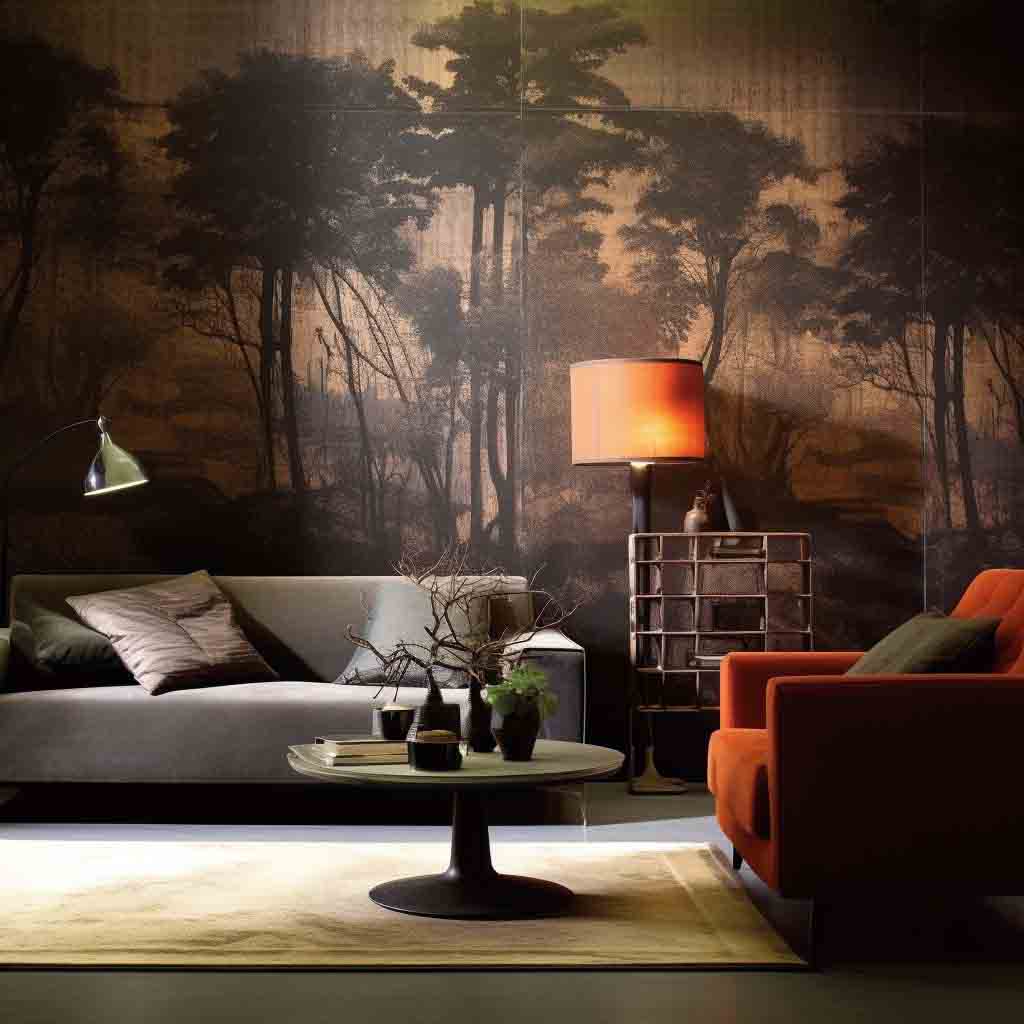
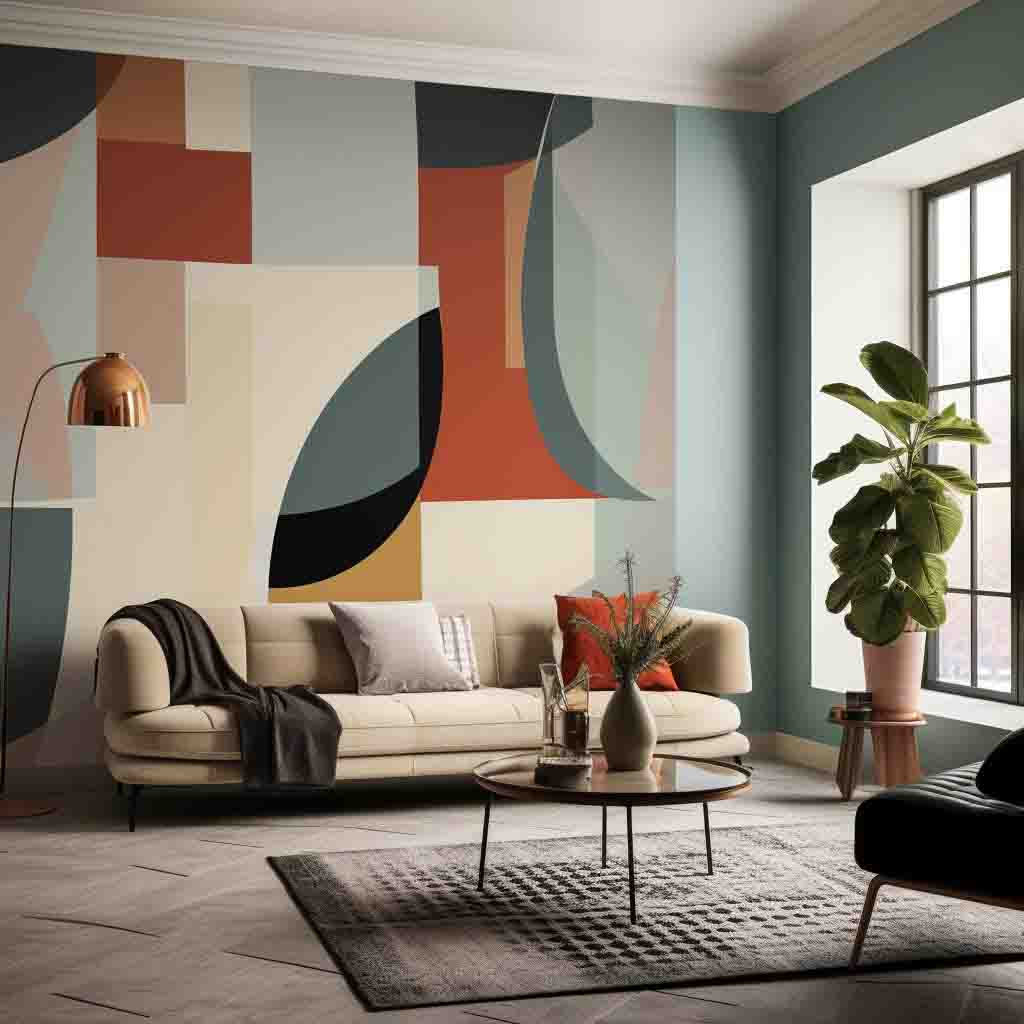
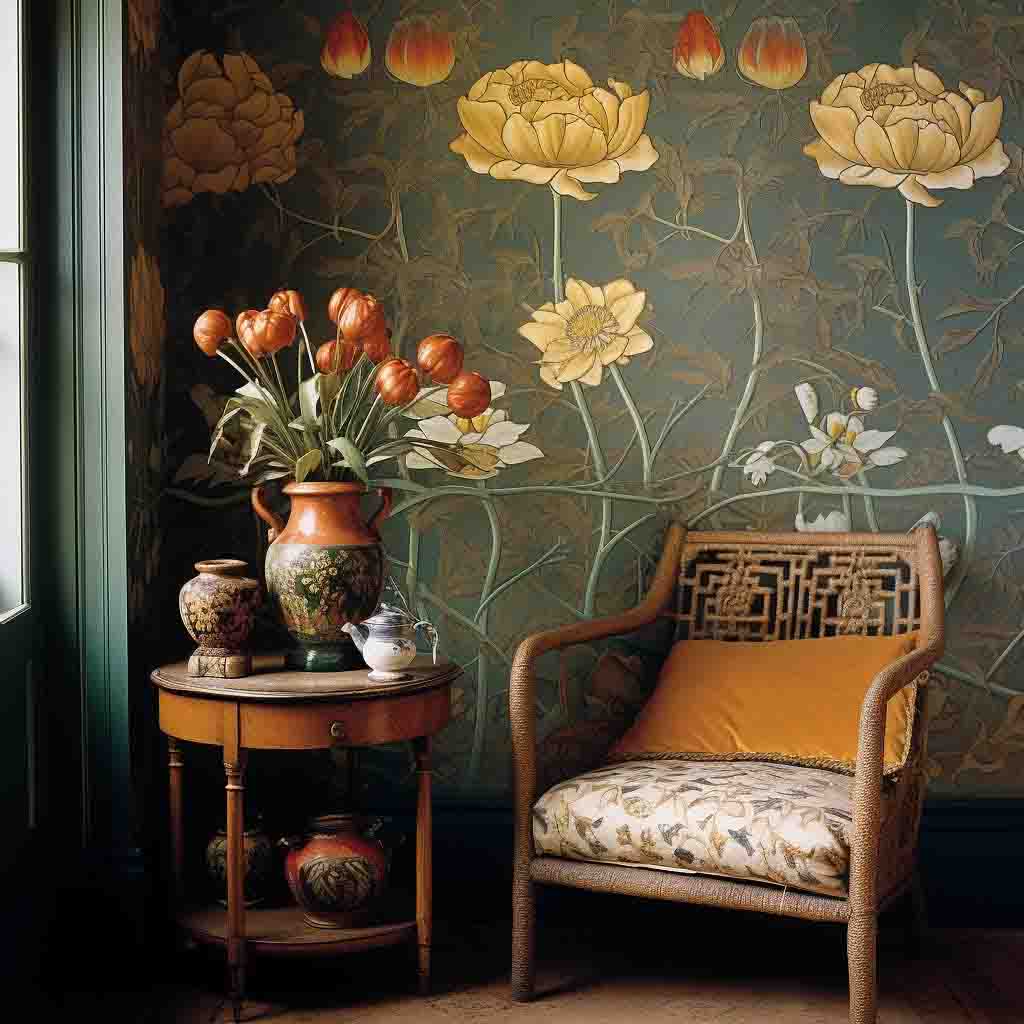
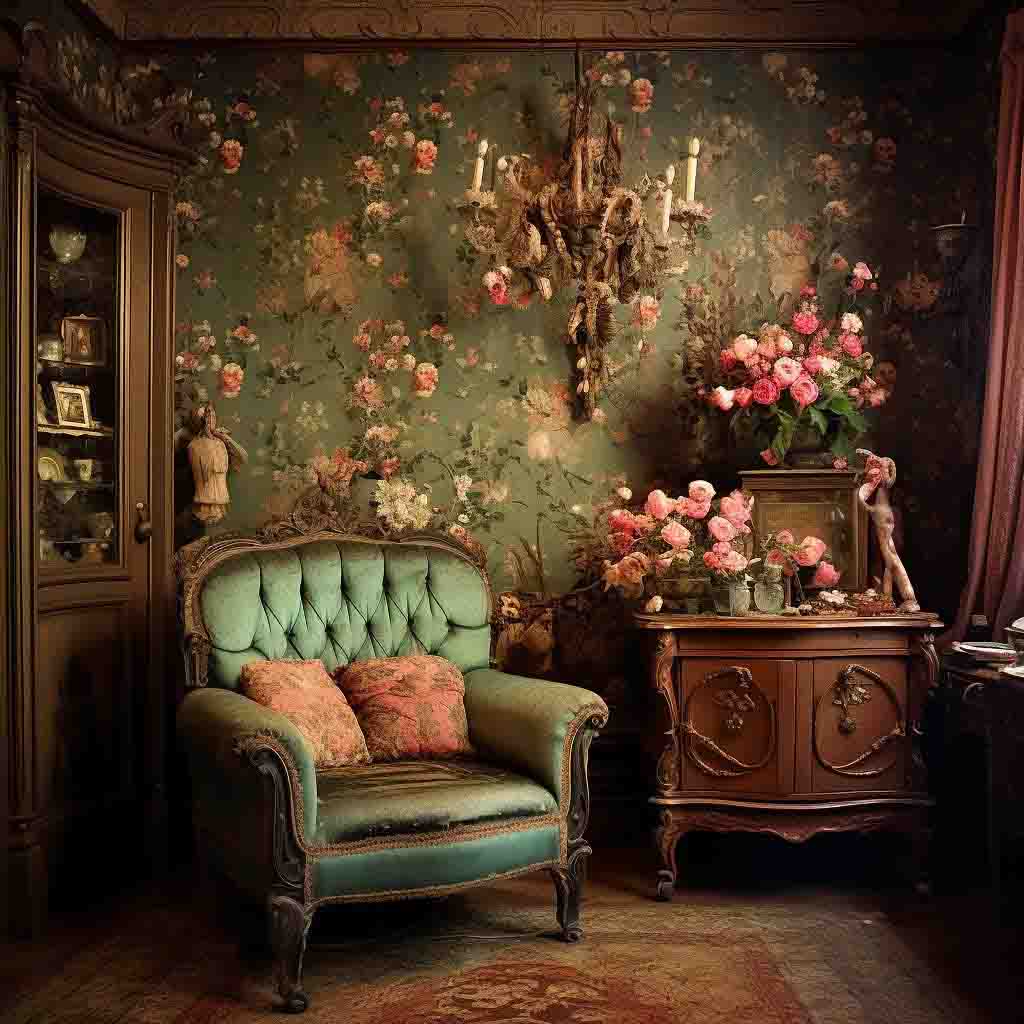
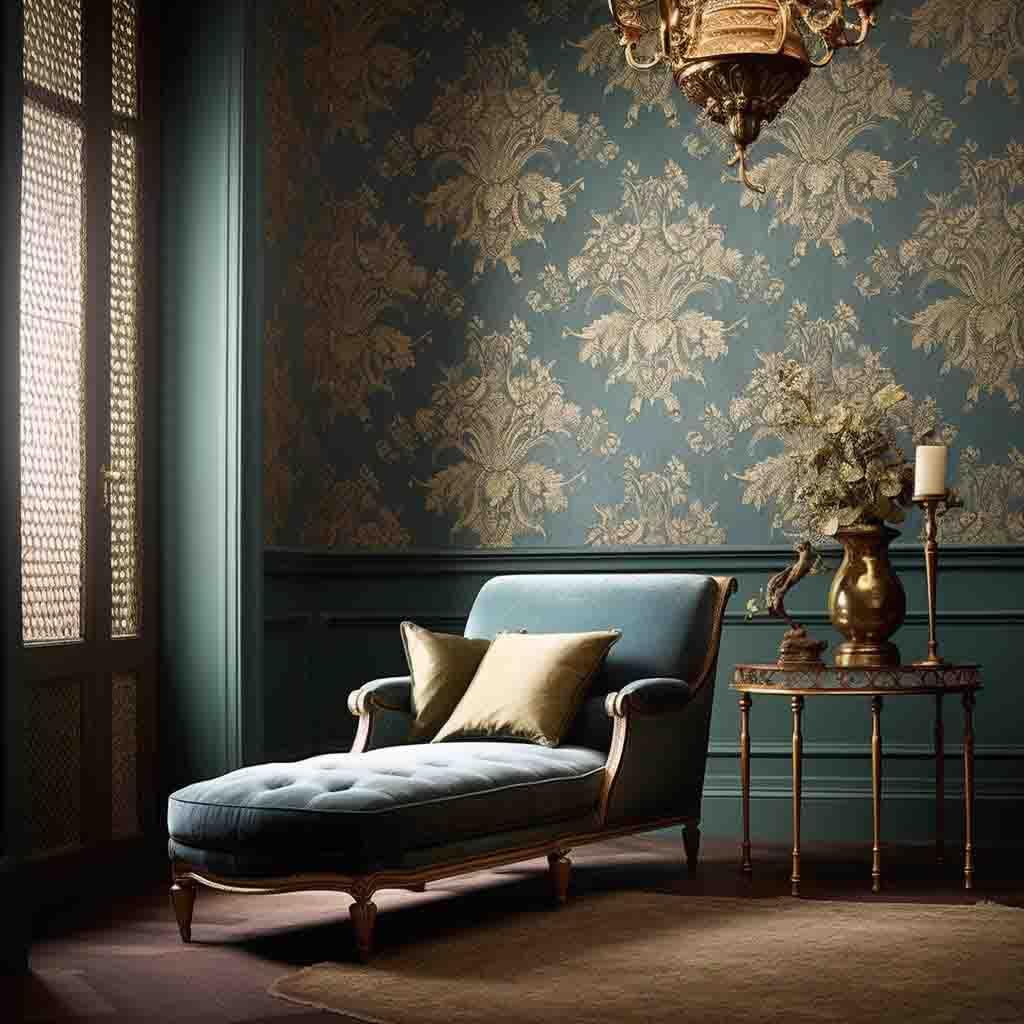
Table of Contents
ToggleWallpaper traces its roots to ancient China and Egypt, where hand-painted rice paper and silk panels adorned walls with scenic patterns. These primitive yet elegant designs were the foundation of wallpaper as we know it.
During the Renaissance, wallpaper emerged in European aristocratic homes. Luxurious motifs—mythological, natural, and classical—were painstakingly crafted, marking wallpaper as a symbol of status and sophistication.
The Victorian era popularized wallpaper with elaborate textures and deep color palettes. Rich floral patterns and textile-like visuals became standard in upper-class homes, transforming walls into opulent canvases.
Reacting to Victorian excess, this movement embraced simplicity and natural motifs. Wallpaper became a canvas for hand-drawn leaves, flowers, and symmetrical patterns, emphasizing craftsmanship over ornamentation.
With the rise of modernism, wallpaper saw a shift toward minimalism and geometry. Artists like William Morris and the Bauhaus school introduced linear, abstract designs focused on clarity and function.
Today’s wallpapers push boundaries. From digital prints to smart materials that shift color or texture, the possibilities are endless. Sustainability is also key: many modern wallpapers are made with eco-inks and recyclable materials.
Explore examples in our posts: Natural Wallpapers for Walls and Vinyl Wallpaper Guide.
Current wallpaper trends in Colorado homes include:
Oversized murals and panoramic prints
Textured surfaces like linen and faux stone
Metallic accents for glamour and light play
Revival of vintage patterns with a modern twist
For more style ideas, check out our article on Wallpaper Trends in Colorado Homes.
We work with a variety of high-quality wallpaper manufacturers and suppliers, including:
With years of experience, we know that quality materials—combined with skilled craftsmanship—make all the difference.
EnjoyTheWall installs wallpaper across the Denver metro area, including:
Denver
Aurora
Lakewood
Centennial
Castle Rock
Boulder
Colorado Springs
👉 Want to see if we serve your city? Check our full Service Area list.
They were often hand-painted on silk or rice paper, primarily in China.
Mass production and new printing techniques made elaborate designs accessible to wealthy households.
Yes! Many Colorado homeowners now embrace vintage motifs in modern settings.
Explore more in our article: Designer Tips for Combining Wallpapers
From timeless classics to cutting-edge innovation, wallpaper has a story—and we’re here to help tell yours.